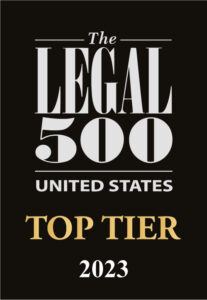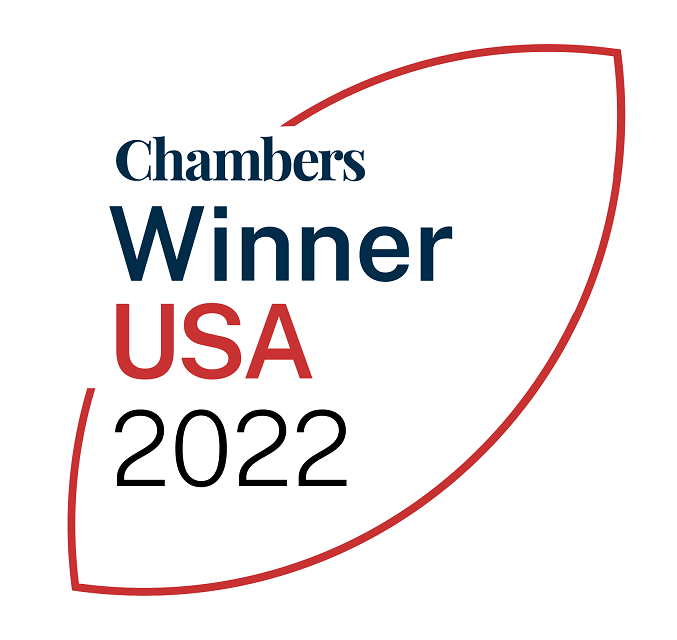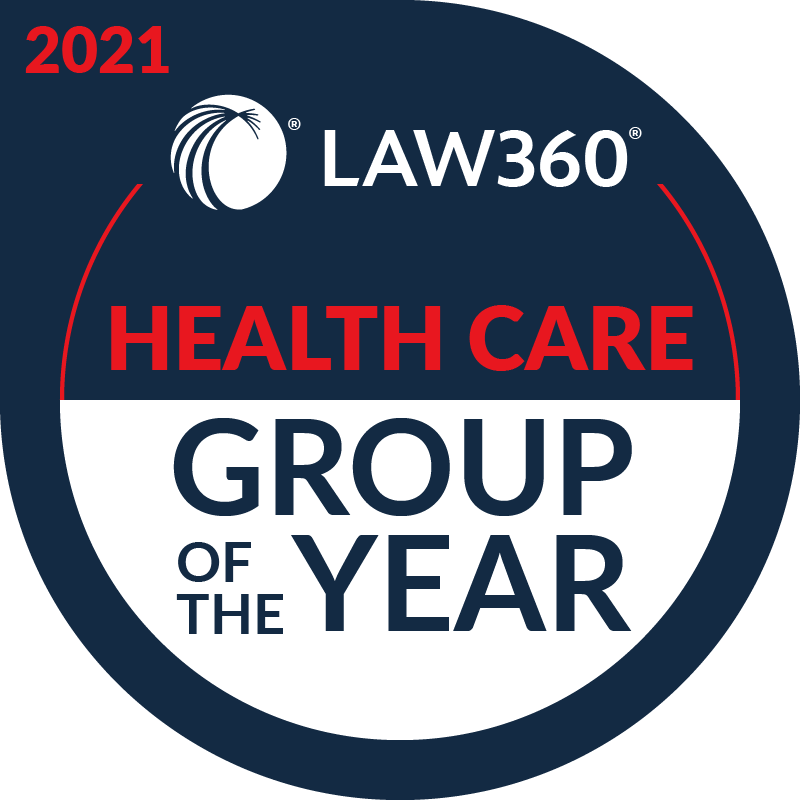In its Loper Bright decision last week, the Supreme Court of the United States likely opened opportunities for further legal challenges to the Health Resources and Services Administration’s (HRSA’s) interpretation and application of the 340B statute. Going forward, we expect that much of the 340B statute will be subject to interpretation by federal courts.
HRSA’s historic policies that are not the “best” interpretation of the statutory language may not survive legal challenges. Where HRSA retains the authority to regulate the 340B program, it will be required to demonstrate that it is acting based on “reasoned decision-making.”
Examples of what the application of the new Loper Bright standard might look like in practice, as applied to provisions in the 340B statute:
- Definition of “Patient”: The 340B statute does not define “patient.” The 340B statute states in relevant part that “a covered entity shall not resell or otherwise transfer the drug to a person who is not a patient of the entity.” Under Loper Bright, a court will likely decide, without deference to HRSA, who qualifies as a patient. A court is not required to defer to HRSA’s statutory interpretation.
- Requirements for Registration of DSH Hospital Child Sites Prior to Use of 340B Drugs: The 340B statute defines disproportionate share hospital (DSH) hospital covered entities as “a subsection (d) hospital (as defined in section 1886(d)(1)(B) of the Social Security Act) that [meets certain additional requirements set forth in the statute related to ownership, DSH percentage and GPO purchasing].” The 340B statute separately states that the secretary of HHS shall “establish[] a single, universal, and standardized identification system by which each covered entity site can be identified by manufacturers, distributors, covered entities, and the Secretary for purposes of facilitating the ordering, purchasing, and delivery of covered outpatient drugs under this section, including the processing of chargebacks for such drugs.” A court will likely decide what the 340B statute means by “covered entity” and “covered entity site” without taking into account HRSA’s definitions of these terms, but the determination of what the 340B statute intends for registration timing requirements and other details of the “single, universal, and standardized identification system” will be subject to additional analysis by the court, generally taking into account whether HRSA’s policies are reasoned and rational.
To learn more about the decision in Loper Bright, read this On the Subject from our Government & Regulatory Litigation Group, watch our recent webinar (Doctrine Disrupted: Doing Business in a Post-Chevron World) and register to attend our next webinar on July 24 (New Frontiers for Regulatory Litigation Following Loper Bright: Material Opportunity for Health Systems).






